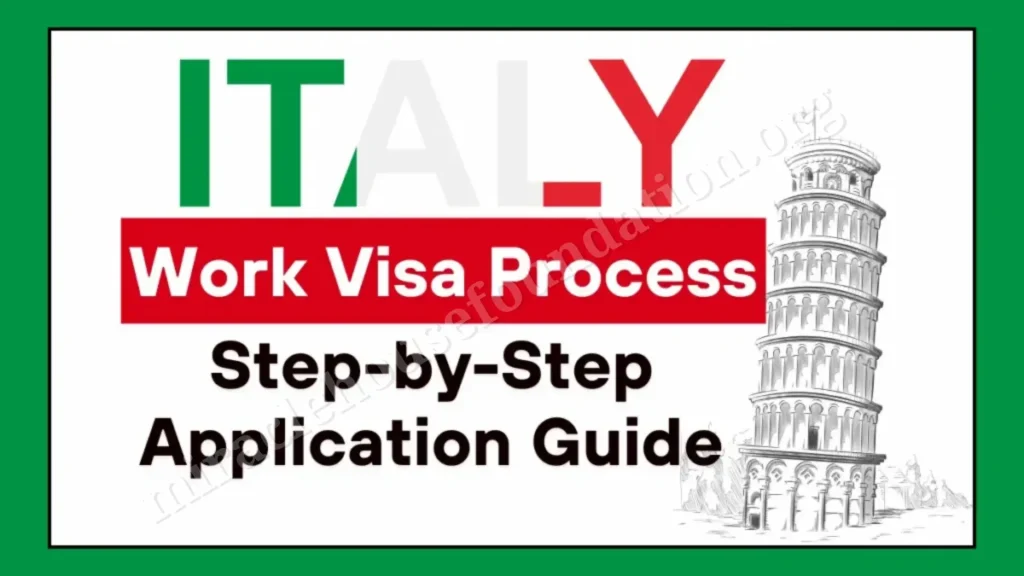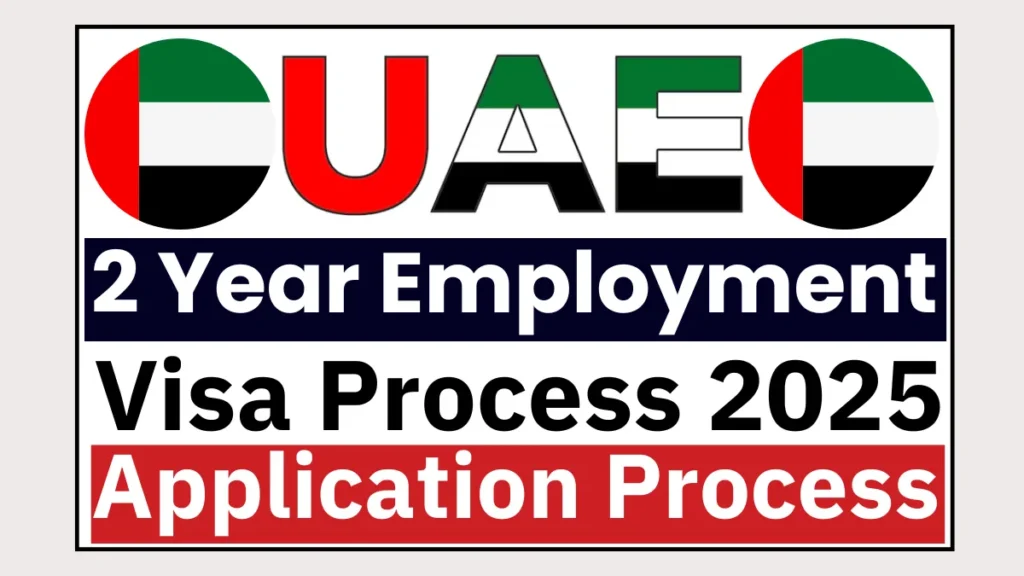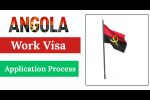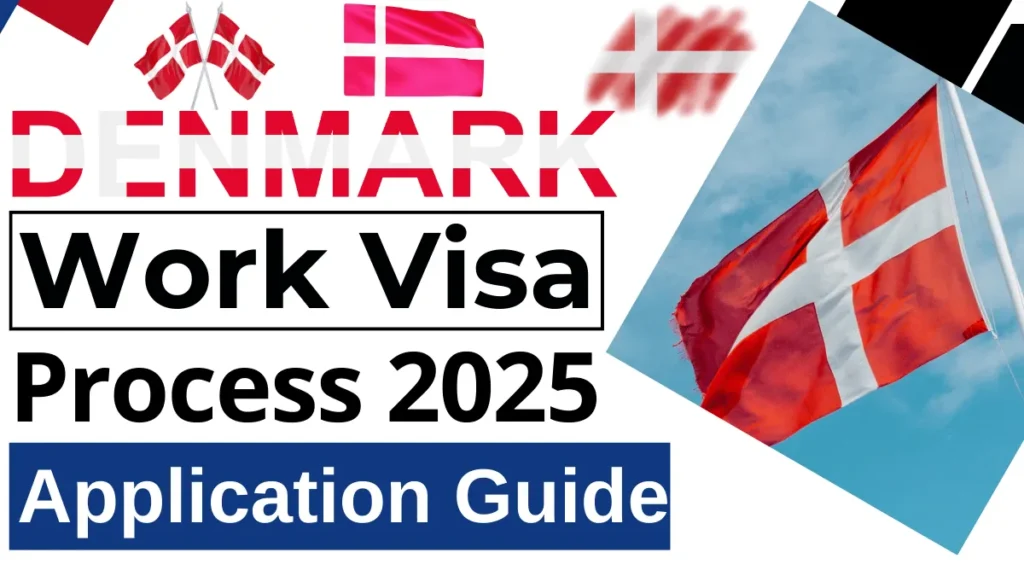Italy Work Visa Process 2025: Requirements and Step-by-Step Guide. If you are planning to work in Italy in 2025, you need a work visa before moving there. This guide explains the complete Italy work visa process in simple steps. You will learn about eligibility, required documents, step-by-step application, and important tips to ensure your application is smooth.
Why Work in Italy?
Italy is a popular destination for both professionals and seasonal workers. Some reasons to choose Italy include:
- Rich cultural history and high standard of living
- Multiple job opportunities in tourism, fashion, engineering, agriculture, hospitality, healthcare, and research
- Access to the European Union job market
- Excellent healthcare and education systems
- Possibility of long-term residency or EU Blue Card for qualified professionals
Types of Work Visas for Italy
Italy offers different types of work visas depending on the job type and duration:
- National (Long-Stay) Work Visa (Type D) – For employment longer than 90 days.
- Seasonal/Short-Term Work Visa – For temporary jobs in tourism, agriculture, or hospitality (up to 6 months).
- EU Blue Card – For highly skilled professionals with a high salary and relevant degree.
- Self-Employment / Freelance Visa – For independent professionals or business owners.
- Intra-Company Transfer Visa – For employees transferred within multinational companies.
This guide mainly focuses on the National (Type D) Work Visa, which is the most common for full-time employees.
Basic Requirements for Italy Work Visa
To qualify for a work visa, applicants must have:
- A valid job offer and signed employment contract
- Organization quota authorization (Nulla Osta) issued by Italian authorities
- Job role matching your experience and qualifications
- Clean criminal record
- Good physical health
- For EU Blue Card applicants: relevant degree and salary above national threshold
- Seasonal or temporary jobs: compliance with sector regulations
Documents Required
Submit these documents to the Italian consulate or visa application center:
- Valid passport (with blank pages and validity beyond stay)
- Passport-size photos (white/light background, Italian visa format)
- Completed Type D visa application form
- Original Nulla Osta from the Italian immigration office
- Signed employment agreement (salary, job title, duration)
- Academic certificates/diplomas, attested if required
- Medical insurance valid in Italy
- Police clearance certificate
- Proof of accommodation in Italy
- Any professional licenses or registrations (e.g., medical, engineering)
- Visa fee payment receipt
- Seasonal employees: sector-specific compliance documents
Step-by-Step Italy Work Visa Process
Step 1: Secure a Job Offer
Receive a formal job offer from an Italian company. Your job title, role, and salary must be clearly mentioned.
Step 2: Employer Applies for Work Permit (Nulla Osta)
The company submits a request to the Sportello Unico per l’Immigrazione to get a Nulla Osta, allowing them to hire a non-EU national.
Step 3: Nulla Osta Issued
Once approved, the immigration office issues the Nulla Osta, confirming your employment and contract details.
Step 4: Receive Signed Employment Contract
Your employer provides a signed contract specifying salary, duration, and benefits.
Step 5: Apply for Italian Work Visa (Type D)
With the Nulla Osta and signed contract, apply at the Italian consulate or visa application center in your home country.
Step 6: Visa Appointment & Submission
Attend the visa appointment, submit all required documents, passport photos, and pay the visa fee.
Step 7: Visa Processing & Decision
The consulate reviews your application. Processing usually takes 4–8 weeks. Additional documents or interviews may be requested.
Step 8: Visa Stamping
If approved, the Type D visa is stamped on your passport, allowing entry into Italy.
Step 9: Travel to Italy
Book your travel and enter Italy within the visa validity period.
Step 10: Apply for Permesso di Soggiorno
Within 8 days of arrival, apply for the Permesso di Soggiorno (residence permit) at the local Questura. Submit fingerprints, sign documents, and receive a temporary receipt (ricevuta).
Step 11: Receive Final Permesso di Soggiorno
Once approved, you get your Permesso di Soggiorno card, usually valid for the contract period (up to 2 years) and renewable.
Step 12: Additional Steps After Arrival
- Register at the local municipality (anagrafe)
- Join Italian healthcare (SSN)
- Open a bank account
- Obtain a tax code (Codice Fiscale)
- Familiarize yourself with local labor laws and workplace regulations
Frequently Asked Questions (FAQs)
Q1: What is a Nulla Osta?
It is a work authorization issued by Italian immigration, confirming the employer can legally hire a non-EU national.
Q2: How long is a Type D work visa valid?
Usually valid for stays longer than 90 days, corresponding to your contract length (up to 2 years).
Q3: Can I bring my family?
Yes, after receiving the Permesso di Soggiorno, you can apply for family reunification.
Q4: Is Italian language mandatory?
Not always. English may suffice for professionals, but basic Italian helps in daily life and official matters.
Q5: Can I change jobs in Italy?
Yes, but you must get a new Nulla Osta and update your Permesso di Soggiorno.
Conclusion
Getting an Italy work visa in 2025 involves a clear step-by-step process: receive a job offer, obtain a Nulla Osta, apply for the Type D visa, arrive in Italy, and secure your Permesso di Soggiorno. By preparing all documents carefully and following each step, you can move to Italy for work safely and legally.








